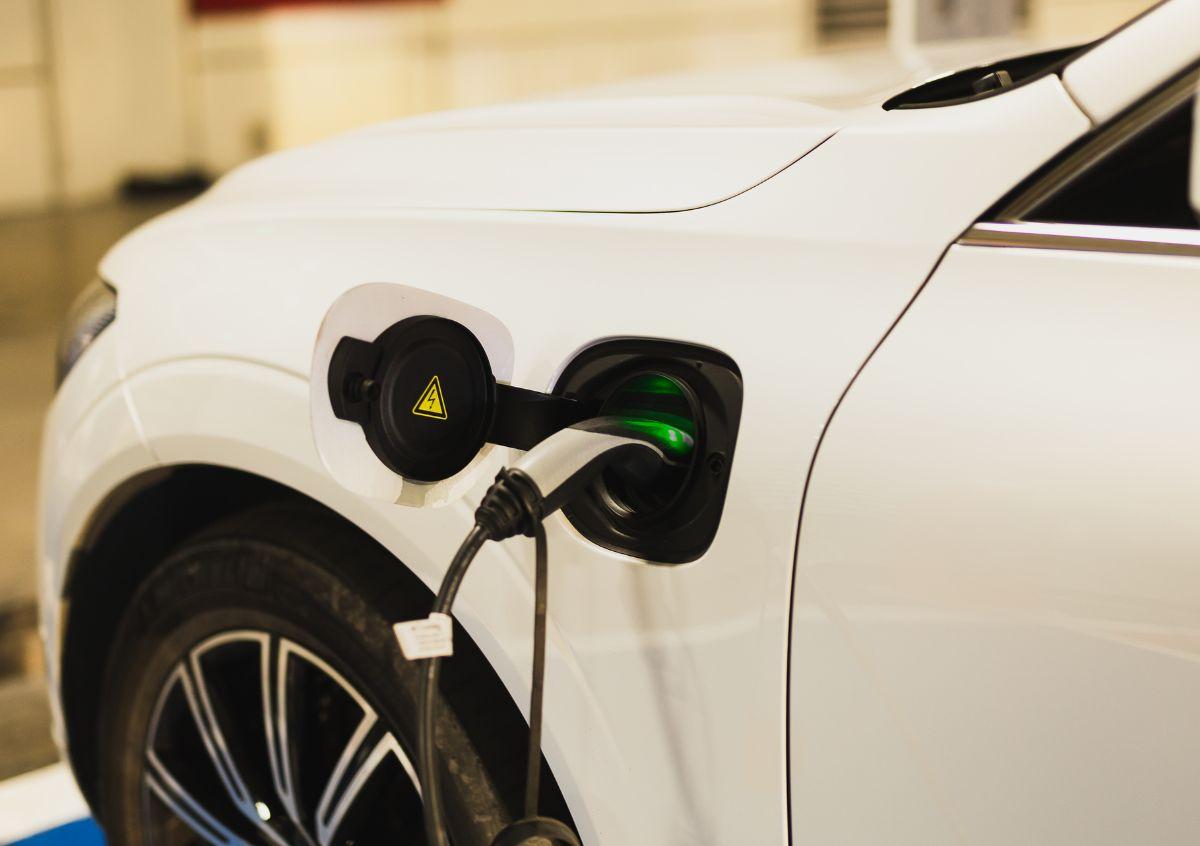Battery Welding
Introduction
The battery industry is a dynamic sector that constantly strives for optimization and precision. In particular, the welding of battery cells is a technological challenge that requires the highest precision. This is where the Weldmetrix system comes in, which recently demonstrated its performance in a test on June 19 and 20, 2023.
At the heart of the system is a light sensor that detects the emitted and reflected radiation as the laser interacts with the workpiece. The wavelength range is from 320 to 1100 nm. The system follows a simple but effective principle: if the process parameters remain constant, the light emission will also remain constant. Changes in light emission indicate process irregularities, which are analyzed using mathematical algorithms.
Applications are varied, but in this experiment we focused on welding Samsung battery cells into micromodules. Each cell pole was welded with an annular seam 6 mm in diameter. The laser power was increased from 0 to 100% in the first 8 mm and decreased at the end. Of particular interest, since the negative pole is the more sensitive of the two poles, the tests focused on it.
The tests were performed with a 4 kW fiber laser from Laserline and two scanner optics from Raylase. A customer test system from Weldmetrix was placed next to the laser cell to power the sensors and convert the measured data into a digital signal. The test software ran on a Weldmetrix technician’s laptop and allowed precise visualization and parameterization of the entire process.
This test setup not only demonstrates the technological maturity of the Weldmetrix system, but also its applicability in an industry known for its high quality requirements. It is an exciting step towards more efficient and reliable battery production.
The test procedure
The Weldmetrix WLDR system is a comparison system based on light emission analysis. During testing, the light emissions of all OK welds are recorded. This data is used as a reference to establish a tolerance band. In the accompanying graph, an OK seam is shown in blue, while the tolerance limits are shown in yellow. The x-axis shows the measurement points, and the y-axis shows the sensor voltage in volts. A clear deflection before the actual weld signal can be seen due to the laser power during the positioning of the laser spot, but it is outside the evaluation range.
Two different algorithms are used for evaluation. The first is the „absolute limits“ algorithm. Here, all OK data are superimposed, and a tolerance band is defined that includes all points of the curves. An error is only visualized if a certain number of points are outside this tolerance band. In this case, a red bar, also called a „trip“, is drawn at the corresponding point.
The second algorithm is called „Noise Evaluation“. This algorithm evaluates the noise behavior of the signal in relation to the average value. This can be seen as a kind of mathematical derivation. The steeper the slope of the signal, the higher the value. This algorithm can also be seen as a kind of signal noise evaluation. Further evaluation is analogous to the absolute limit values.
The sampling rate for the measurements is fixed at 500 kHz, which allows a precise temporal assignment of the measurement points. The system is designed to respond flexibly to the specific requirements of each application, whether in terms of joint quality, seam geometry or welding parameters.
This multi-layered approach to data analysis and defect detection makes the Weldmetrix WLDR system a highly reliable tool for monitoring welding processes, especially in an industry as demanding as battery manufacturing.

Why a high sampling rate is crucial in Battery Welding
In the battery industry, where precision and reliability are paramount, sampling rate is critical. A high sampling rate, such as the 500 kHz used by the Weldmetrix WLDR system, allows for extremely accurate, real-time acquisition of process parameters. Why is this important?
- Detailed monitoring: A high sampling rate makes it possible to detect even the smallest irregularities in the welding process. This is especially important when you consider that even the smallest errors in battery production can lead to significant quality and safety problems (eg. Internal short circuit, Capacity loss, Cell imbalance, Energetic instability, Corrosion and oxidation, Outgassing,…)
- fast response time: the higher the sampling rate, the faster the system can respond to deviations. This is critical for correcting the process in real time to improve quality and efficiency.
- abundance of data for analysis: a high sampling rate provides a wealth of data that is essential for subsequent analysis and optimization of the welding process. This allows continuous improvement and adaptation to changing production conditions.
- Improved defect detection: With a high sampling rate, complex algorithms such as „Absolute Limits“ and „Noise Evaluation“ in the Weldmetrix WLDR system can work more effectively. You can more quickly and accurately determine if a defect exists and take appropriate corrective action.
- Flexibility and adaptability: A high sampling rate allows the system to adapt to different materials and welding parameters, which is invaluable in an industry with a wide range of applications and materials.
- Quality compliance: The battery industry faces the challenge of meeting stringent international quality standards such as ISO 26262 for automotive functional safety. A high sampling rate makes it possible to meet these standards and ensure the quality of the final product.
In a world where battery technology is becoming increasingly important, the ability to monitor and optimize every aspect of the production process is invaluable. A high sampling rate is therefore not just a „nice-to-have“, but an absolute „must-have“.
weldmetrix GmbH
elevating standards, monitoring success
Headquarter
Gutheil Schoder Gasse 17
Techpark Vienna
1230 Vienna
Austria
Copyright © 2023 – weldmetrix GmbH

